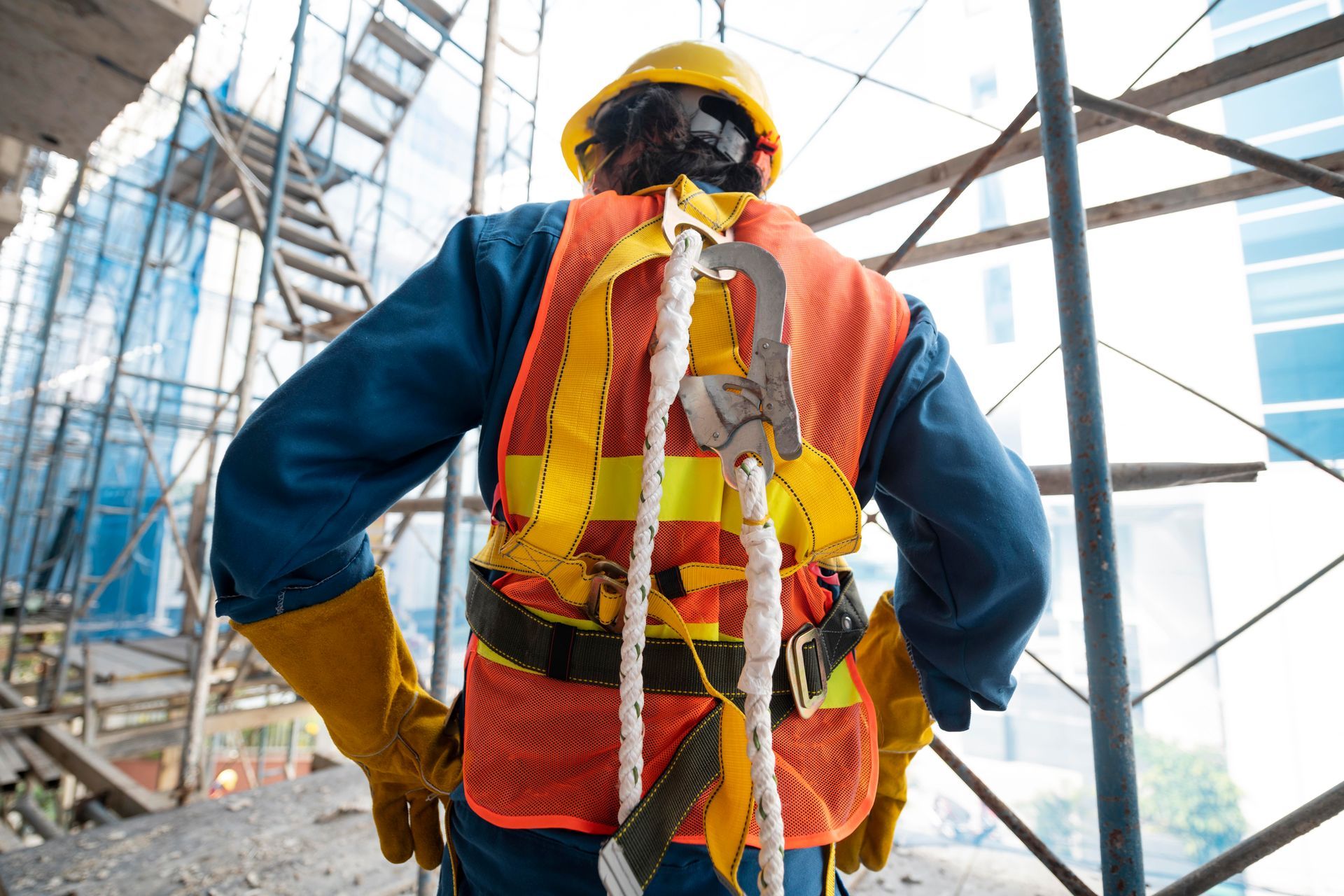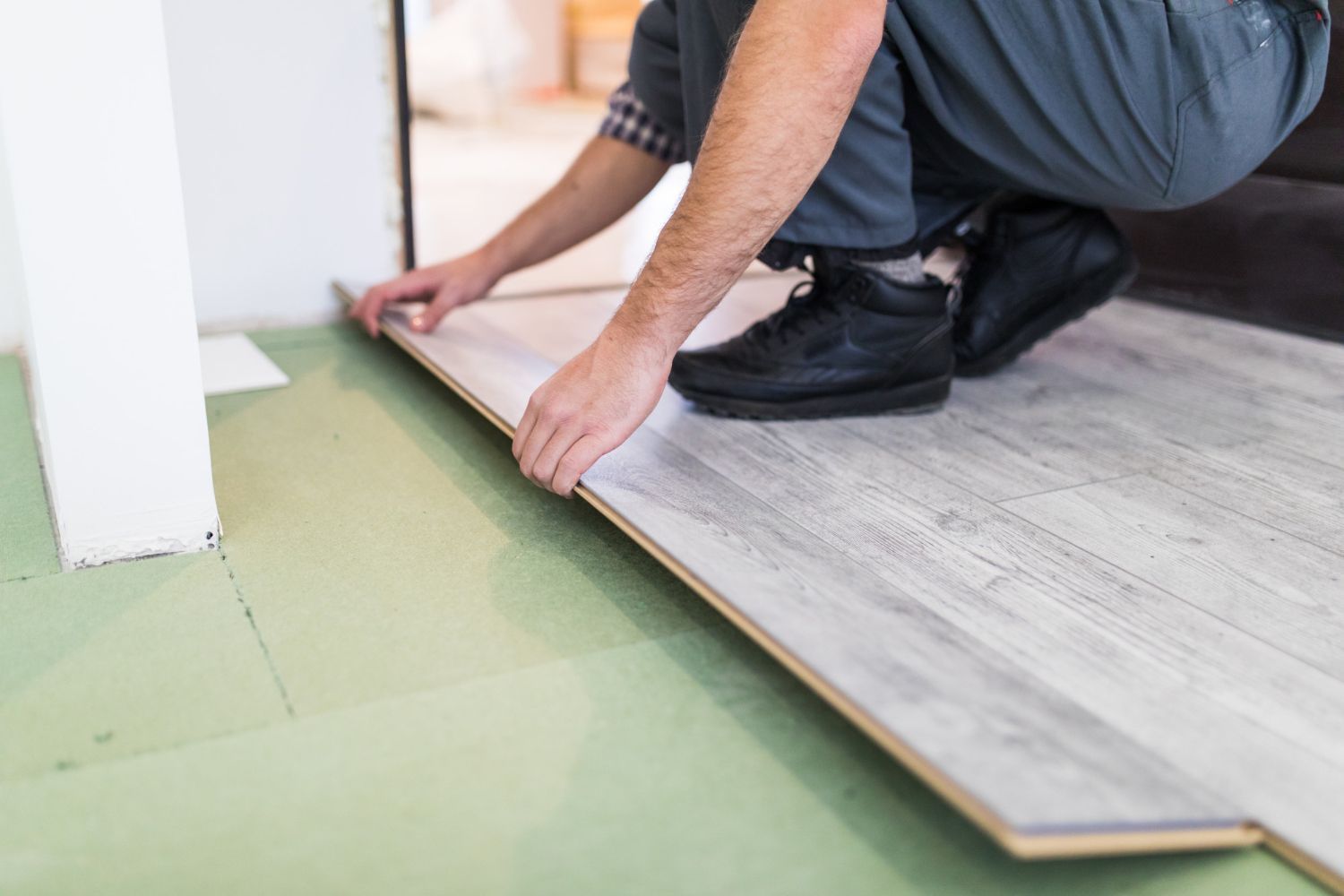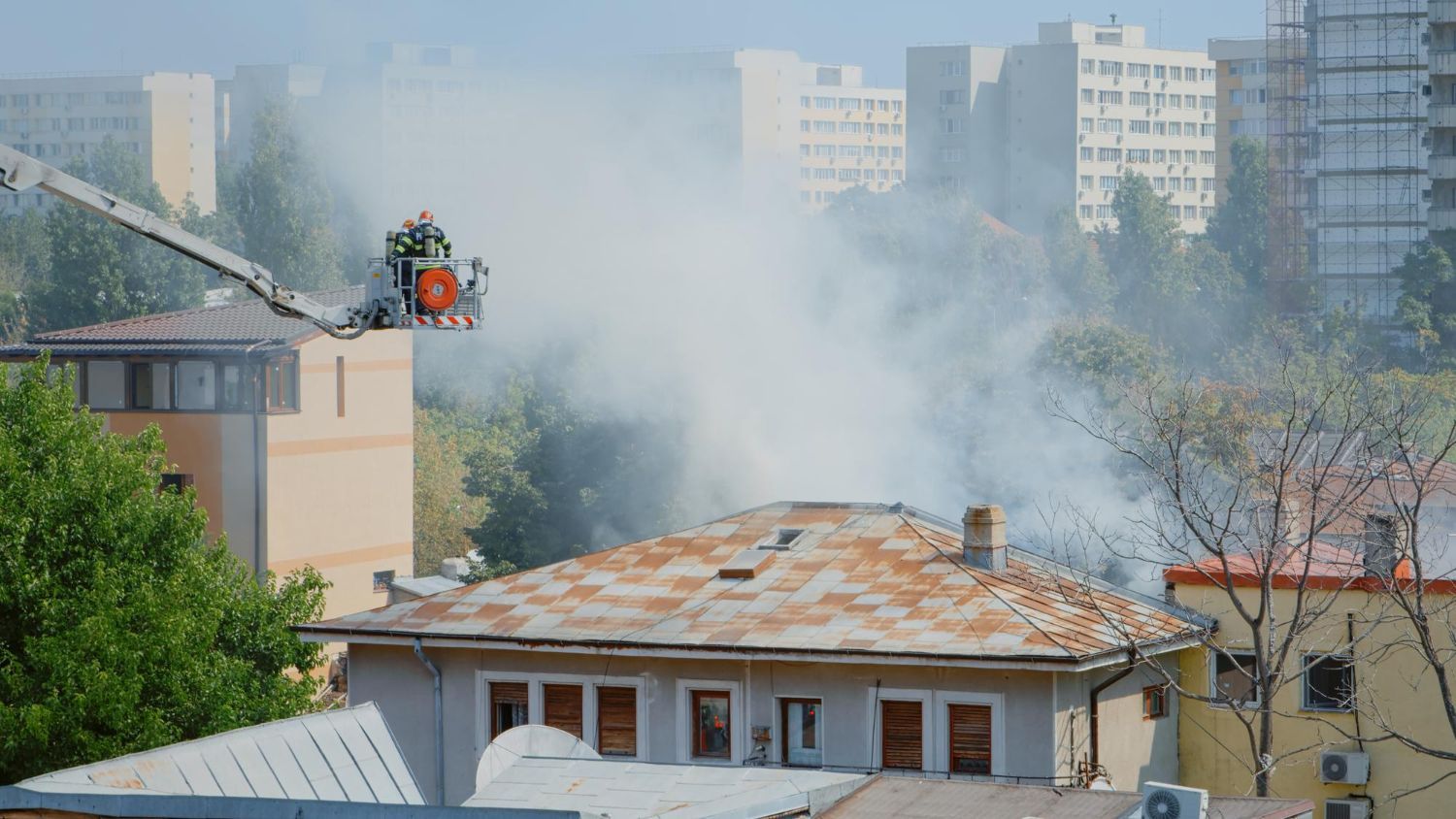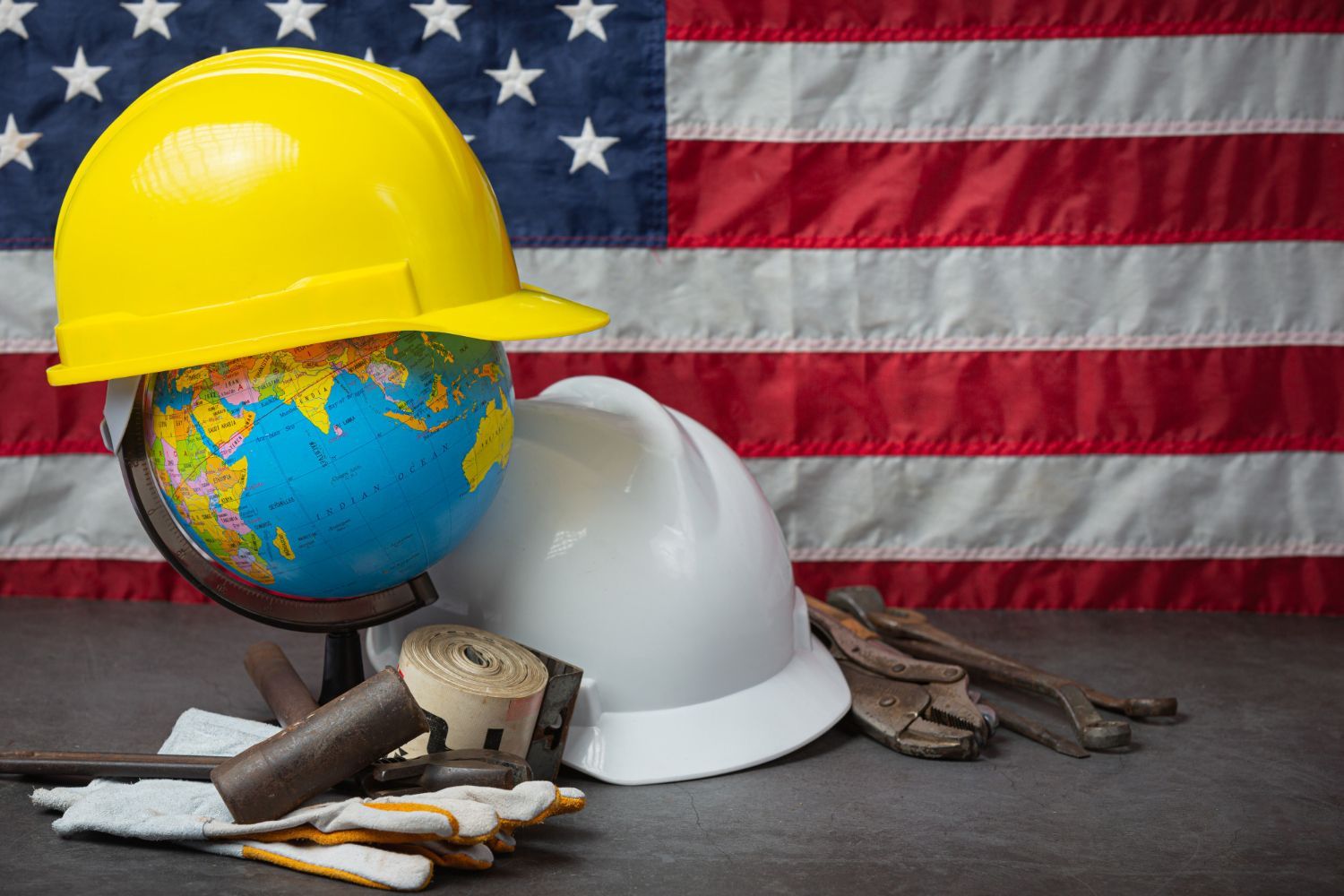Strategies for Commercial Subcontractors to Enhance Workplace Safety and Minimize Risk

For commercial subcontractors, ensuring the safety of employees on the job is not only a legal requirement but also a moral obligation. Subcontractors play a critical role in ensuring that construction projects are completed efficiently, on time, and without accidents or injuries. However, the construction industry is inherently risky and can pose significant safety challenges. According to research, there were 5,190 fatal injuries in the US in 2021! Hence, subcontractors need to take proactive steps to enhance workplace safety and minimize risks. Here are five strategies that can help:
Establish a Comprehensive Safety Program
A comprehensive safety program is the foundation of a safe workplace. It should include written policies and procedures that outline safe work practices for all employees, job site hazard assessments, and regular safety training for all employees. The program should also have a mechanism for reporting and investigating accidents or near-misses and a process for correcting identified hazards.
Emphasize the Importance of Personal Protective Equipment (PPE)
Personal Protective Equipment (PPE) is critical for protecting workers from hazards that cannot be eliminated or reduced through engineering controls. According to a study, 20 million workers use PPE on a regular basis to protect themselves from hazards. All workers must be provided with appropriate PPE for the job they are performing. At United Seattle, we take the significance of such measures extremely seriously.We highly emphasize the importance of wearing PPE consistently and correctly. PPE includes hard hats, safety glasses, gloves, hearing protection, and respiratory protection, among others.
Conduct Regular Safety Inspections
Regular safety inspections help identify potential hazards and ensure construction subcontracting services are following safe work practices. Inspections should be conducted by trained personnel who are familiar with job site hazards and the safety program's policies and procedures to ensure the safety of commercial subcontractors. At United Seattle, we have routinely practiced safety inspectionsin workplaces and taken corrective action when prompted.
Foster a Culture of Safety among Commercial Subcontractors
Creating a culture of safety that is specific to commercial subcontractors is crucial to promoting safe work practices and minimizing risks in this particular industry. Commercial subcontractors work on various job sites, and each site may have its unique hazards, which can differ from one project to another. Therefore, it's essential to establish clear safety policies and procedures that are specific to commercial subcontractors and communicate regularly with them about the importance of safety and how it relates to their job. Additionally, involving commercial subcontractors in the development of safety policies and procedures can help foster a sense of ownership and commitment to safety, ensuring that they take an active role in creating a safe work environment.
Encourage Commercial Subcontractors' Involvement
Involvement among commercial construction subcontractors is essential for a successful safety program. Subcontractors should be encouraged to identify hazards and make suggestions for improving safety. Regular safety meetings and committees can help ensure that employees are engaged in the safety program and have a voice in safety-related decisions.
Conclusion
In conclusion, safety is a top priority for commercial subcontractors. It is hence imperative for subcontractors to take proactive steps to create a safe work environment that not only protects employees from harm but also enhances productivity and profitability for the company.United Seattle is always one step ahead when it comes to subcontractor safety. We have religiously adopted a safety policy to ensure that our worker's health always comes first!
We Offer All the Services You Need in One Place! We Will Save You Time and Money!
Call Us at (425) 521-7916 Now to Get a Free Estimate or a Free Consultation for Any of Our Services!



